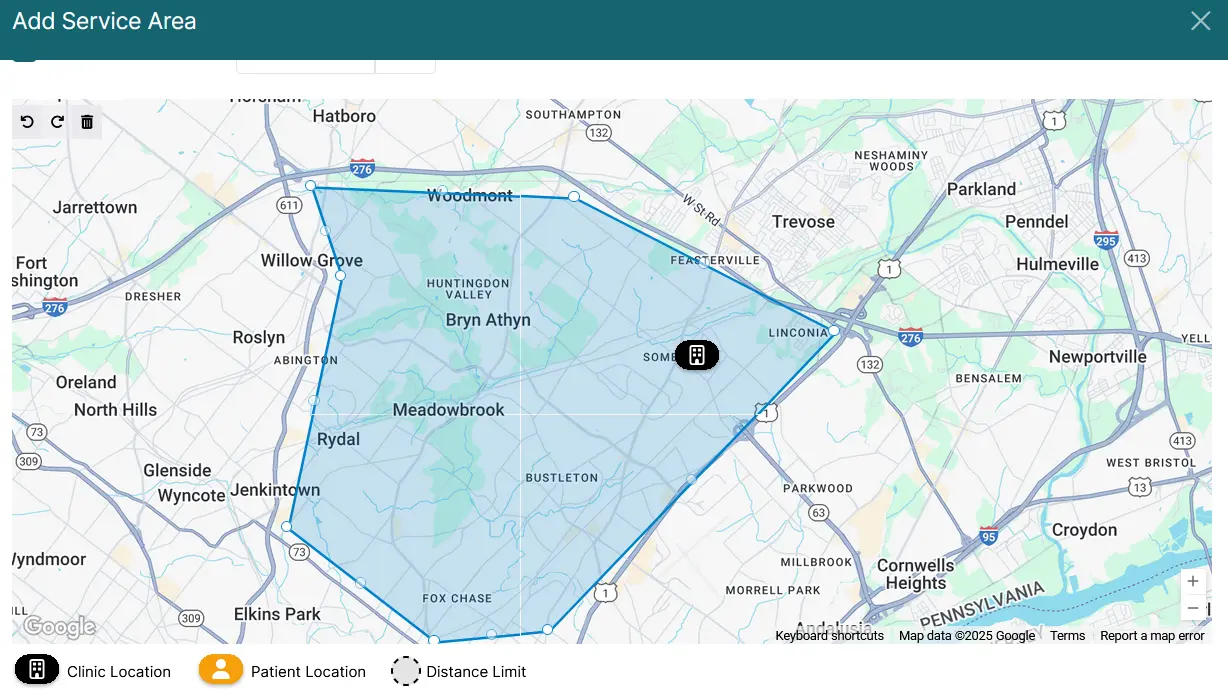Cyber Monday Offer is Here! Subscribe by December 5 to Get 3 Months Free!
Learn More
Table of Contents

Experience Better Practice Management Today!
Starting at $28.05/month
No Credit Card Required

Experience Better Practice Management Today!
Starting at $30/month
No Credit Card Required
If you’ve been charging the same rate for every massage, no matter the location, time, or effort, it’s probably costing you.
In a $72.5 billion industry, flat pricing might feel simple, but it often shortchanges the real value of your work.
The good news? A few smart changes can shift that balance fast. Your prices should reflect effort, context, and value, not just minutes on the clock.
Here’s what you’ll take away from this blog:
By the end, you’ll have a clear playbook to charge smarter and get paid what you’re worth, whether you run a clinic or travel to your clients.
Same-day requests might seem like quick wins, but they often throw your whole schedule into chaos. That stress has a price, so why not charge for it?
Your massage therapy prices should reflect these last-minute bookings and added workload. A small surcharge helps compensate for rushed setup, sudden travel, or reshuffling your day.
It doesn't have to be excessive. A 10 to 15% bump is reasonable and sends a clear message: Early planners get the best deal, while last-minute bookers pay more for the flexibility.
Pro tip:
Frame it as a “priority booking” or “convenience fee.” Most clients understand the value of time and won’t question it when it’s clearly explained in your policy or booking flow.
Also read: How to Start a Thriving Massage Therapy Business in 2025
Not all clients live equally close or equally far from where you operate. But if you’re charging the same flat rate for every house call, you're likely losing time and fuel money in premium zip codes.
A massage therapist’s prices shouldn’t be one-size-fits-all, especially for mobile sessions. Zone-based pricing lets you segment your service area and assign rates based on distance or neighborhood profile. A 10-mile radius could be your base rate, with premium fees for locations beyond that.
How to do it efficiently:
Noterro GO makes this seamless. You can create geo-fenced booking zones, define pricing per location, and limit bookings by travel distance. This helps you avoid zigzagging across the city while earning what the trip is truly worth.

You might like this: How to Price Your Massage Therapy Services for Maximum Profitability
If your calendar is always slammed after 5 PM but empty before noon, your pricing may be working against you.
Try offering slight discounts for off-peak slots, such as weekday mornings or early afternoons. A five to ten dollar markdown can nudge budget-conscious clients toward slower hours and open up high-demand times for full-paying bookings.
This smooths your day, increases booking consistency, and keeps your energy more balanced. According to a HubSpot pricing trends report, service businesses using off-peak pricing filled 18 to 22 percent more weekday slots.
Every missed appointment costs you more than time. It chips away at your revenue and rhythm. You can use clinic management software like Noterro to send automated reminders to reduce the number of no-shows, but they can only take you so far if the client doesn’t want to show up.
A massage therapist’s prices should account for the reality of missed sessions. So, protect your schedule by requiring a card on file and charging a no-show or late cancellation fee. Most clients will respect a fair, upfront policy, especially if you build in one “life happens” pass.
What to do:
Offer a one-time grace credit for emergencies. After that, enforce your policy. It shows empathy without inviting repeat offenders.
Bonus read: 6 Ways Massage Therapy Software Reduces No-Shows & Cancellations
Sometimes the best upgrade is silence.
A quiet session is a premium add-on where you limit conversation, dim the lights, offer calming scents, and let the client fully decompress. For you, it means less verbal interaction and less cognitive load. For them, it’s a mini retreat.
Charge five to ten dollars more for this setting and frame it as a sensory-focused, therapeutic experience. This small upsell adds no extra strain to your body but can significantly boost perceived value.
Want to offer support to students, seniors, or low-income individuals without turning your whole business into a discount center?
Use a sliding scale model. Offer a set number of discounted spots per week for verified clients. This could include proof of enrollment, a government ID, or a basic income form.
It allows you to give back to your community without compromising your core pricing or brand position.
Important: Make the program opt-in, limit the number of spots, and keep eligibility clear. This helps ensure you're helping people who need it, on your terms.
A helpful read: 7 Steps to Kickstart Your Massage Business
Charging only by the clock limits your earning potential and undervalues the real reason clients book you results. Most clients don’t care whether the session is 25 or 40 minutes.
They care about outcomes like targeted relief from tension headaches with a Headache Reset (25 minutes), recovery from posture strain through a Desk Worker Recovery (40 minutes), or improved performance with a Pre-Event Sports Prep (30 minutes).
By framing services around results, you shift attention from minutes to meaningful solutions. This not only increases perceived value but also allows you to charge appropriately for your expertise.
What you think is popular might be barely profitable.
Instead of guessing, use reports to see which services bring the highest revenue per hour and which ones are dragging you down. If your 90-minute massages are always booked but leave you drained and underpaid, it might be time to raise rates or limit availability.
Noterro makes this easy with a built-in medical reporting feature. You can see booking trends, revenue breakdowns, and client patterns at a glance. That means smarter pricing decisions and fewer surprises.
Pricing is more than a number. It reflects your time, effort, and the experience you deliver. Small shifts in how you set your rates can make a big difference in your income and energy.
Start with one or two of the pricing tactics you’ve just explored. See how they affect your bookings, your workload, and your bottom line.
To make those changes easier to implement, use a tool like Noterro. It lets you manage geo-based pricing, automate reminders, track revenue, defined service zones, and handle client notes all in one place.
If you run your practice alone, review your rates at least twice a year. This helps you keep up with travel costs, demand changes, and your workload balance.
Yes, mobile sessions involve travel time and higher costs, so clinics often add a premium for services outside the clinic location.
You can start at competitive rates, but don’t undervalue your skills. Offering packages or promotions is better than setting prices too low.
Holidays and peak sports seasons often increase demand. Many therapists adjust their prices or availability during high-demand periods.
Clients who see results tied to their goals (like pain relief or sports prep) are more likely to return, even at higher rates.
Tags



